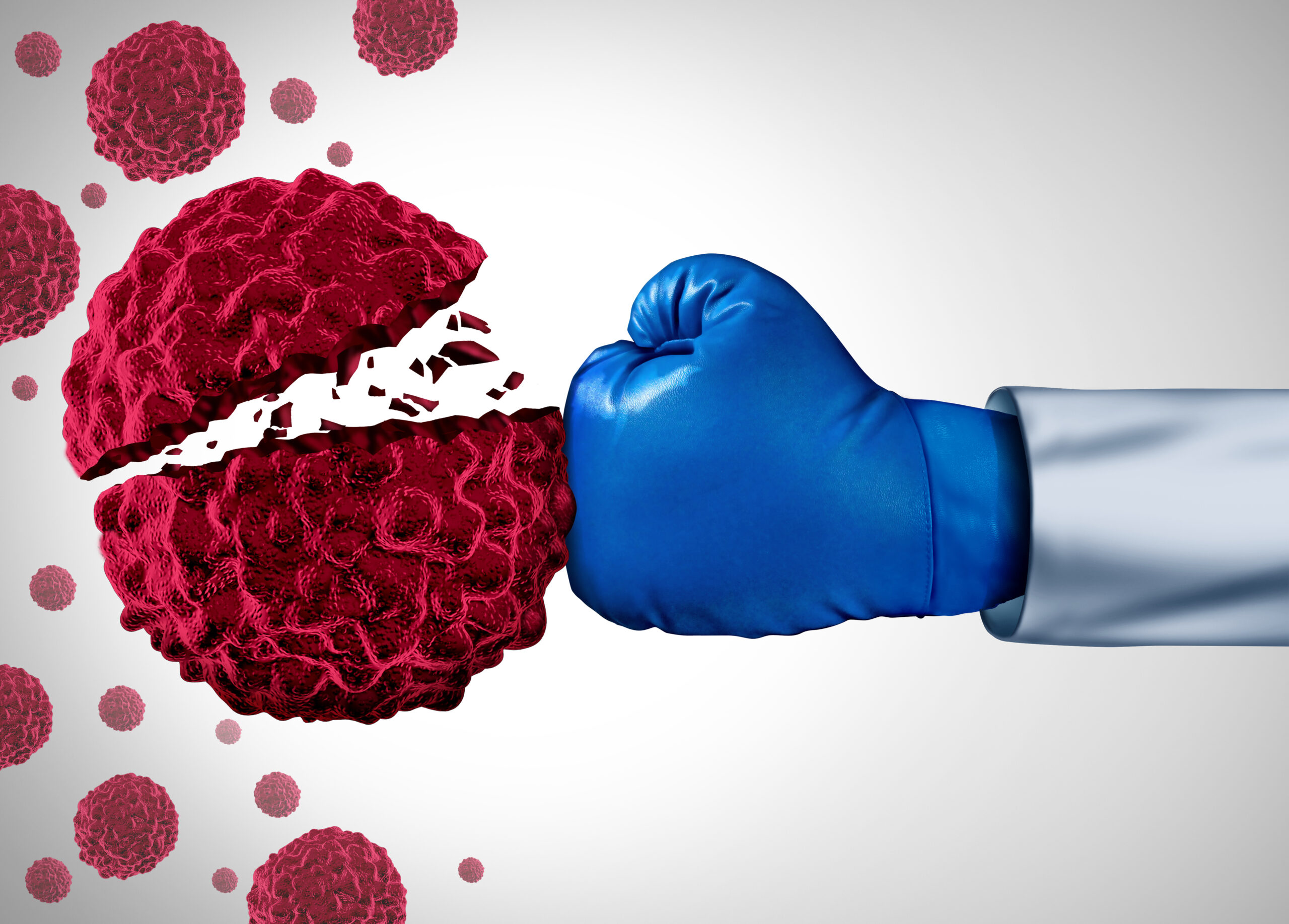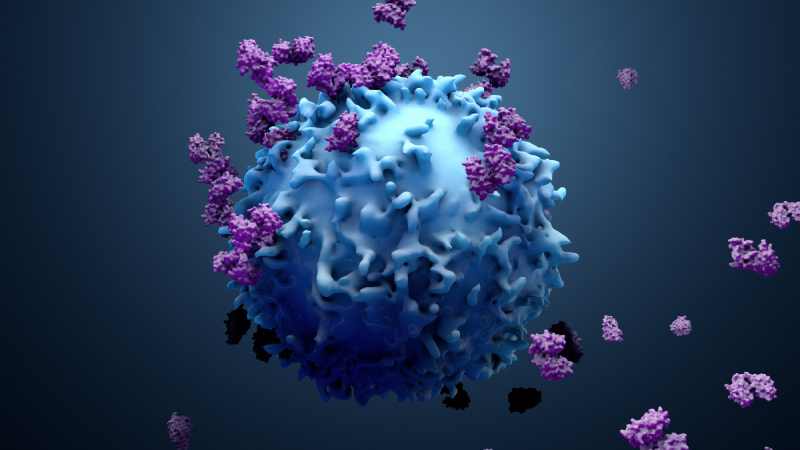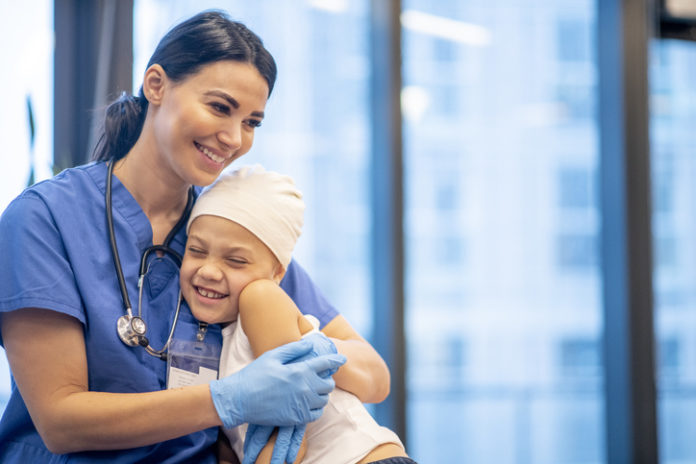
Blinatumomab plus chemotherapy significantly improved disease-free survival (DFS) and overall survival (OS) over standard chemotherapy in young patients with B-cell acute lymphoblastic leukemia (B-ALL) who had certain types of relapses.
However, the Children’s Oncology Group AALL1331 study found that there was no significant difference in DFS and OS outcomes between blinatumomab and standard chemotherapy in the overall group of patients studied.
Laura Hogan, MD, of Stony Brook University, and colleagues conducted the research to compare survival of young patients with low-risk first-relapse B-ALL who received treatment with chemotherapy alone or chemotherapy plus blinatumomab.
The study included 255 patients aged one to 30 years. All patients received block one reinduction. Researchers then randomly assigned patients to receive block two and block three plus two continuation chemotherapy cycles and maintenance or block two with two cycles of continuation chemotherapy intercalated with three blinatumomab blocks and maintenance. Patients who had central nervous system leukemia received cranial radiation during maintenance and intensified intrathecal chemotherapy. The primary endpoint was DFS, and the secondary endpoint was OS.
The four-year DFS rate was 61.2% in patients receiving chemotherapy with blinatumomab and was 49.5% for those receiving chemotherapy alone (P=.089). The four-year OS rate was 90.4% in patients receiving chemotherapy with blinatumomab and was 79.6% for those receiving chemotherapy alone (P=.11)
In the 174 patients with bone marrow relapses with or without extramedullary relapses, the four-year DFS rate was 72.7% in patients receiving chemotherapy with blinatumomab and was 53.7% for those receiving chemotherapy alone (P=.015). The four-year OS rate was 97.1% in patients receiving chemotherapy with blinatumomab and was 84.8% for those receiving chemotherapy alone (P=.020).
In the 81 patients with isolated extramedullary relapses, the four-year DFS rate was 36.6% in patients receiving chemotherapy with blinatumomab and was 38.8% for those receiving chemotherapy alone (P=.62). The four-year OS rate was 76.5% in patients receiving chemotherapy with blinatumomab and was 68.8% for those receiving chemotherapy alone (P=.53).
Blinatumomab was “well tolerated and patients had low adverse event rates,” Dr. Hogan and colleagues wrote.
While there was no statistically significant difference in DFS or OS between blinatumomab and standard chemotherapy arms in the overall group of populations, the researchers pointed to the outcomes observed in patients with certain features.
“Blinatumomab significantly improved DFS and OS for the two-thirds of patients with [bone marrow relapse with or without extramedullary relapse] relapse, establishing a new standard of care for this population,” Dr. Hogan and colleagues concluded. “By contrast, similar outcomes and poor DFS for both arms were observed in the one third of patients with [isolated extramedullary relapse; new treatment approaches are needed for these patients.”
Reference
Hogan LE, Brown PA, Ji L, et al. Children’s Oncology Group AALL1331: phase III trial of blinatumomab in children, adolescents, and young adults with low-risk B-cell ALL in first relapse. J Clin Oncol. 2023;41(25):4118-4129. doi:10.1200/jco.22.02200






 © 2025 Mashup Media, LLC, a Formedics Property. All Rights Reserved.
© 2025 Mashup Media, LLC, a Formedics Property. All Rights Reserved.